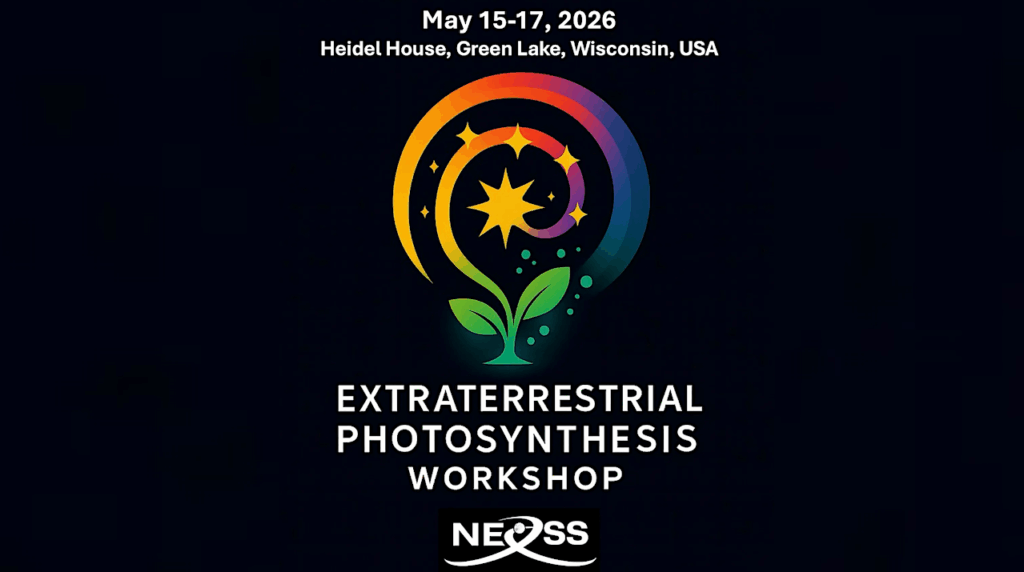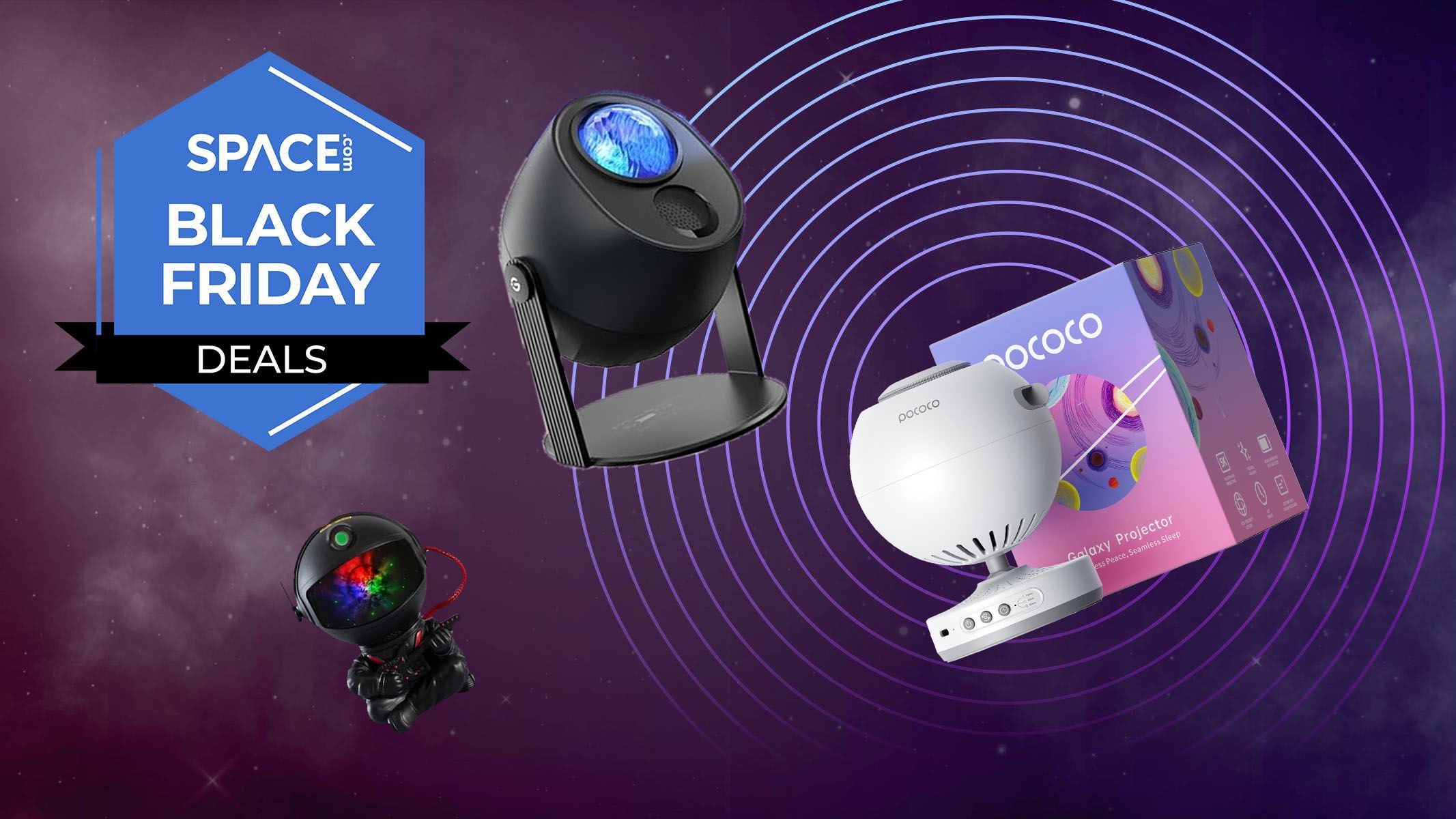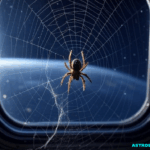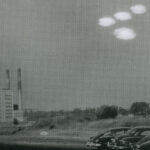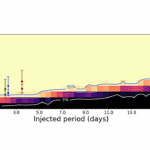Now Reading: NASA Spaceline Current Awareness List #1,175 21 November 2025 (Space Life Science Research Results)
-
01
NASA Spaceline Current Awareness List #1,175 21 November 2025 (Space Life Science Research Results)
NASA Spaceline Current Awareness List #1,175 21 November 2025 (Space Life Science Research Results)

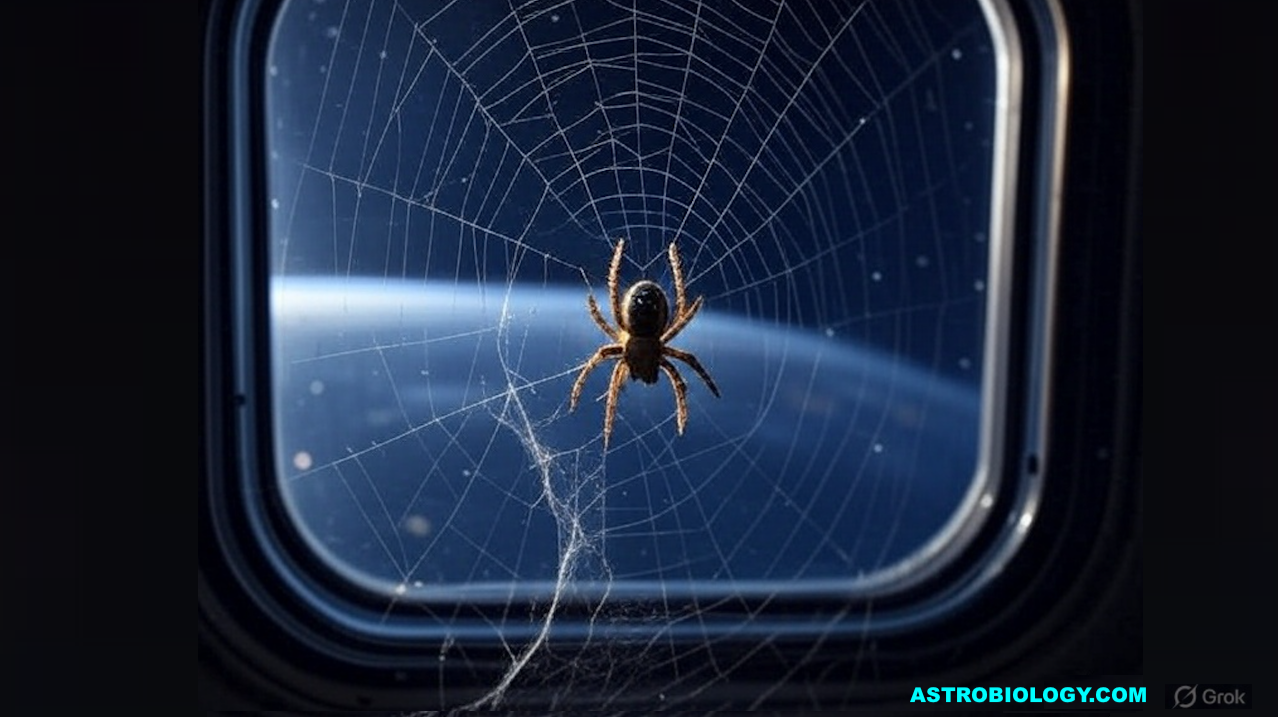
The abstract in PubMed or at the publisher’s site is linked when available and will open in a new window.
Journal Impact Factor: 2.9
Funding: “This study was supported by the NASA Human Research Program, Human Health Countermeasures Element. PR and TO were supported by KBR’s Human Health and Performance Contract NNJ15HK11B through NASA.”
Journal Impact Factor: 4.8
Funding: “We dedicate this manuscript to Dr. Szewczyk, who passed away prior to submitting this manuscript. We would also like to extend our sincerest thanks to all AWG members and the broader scientific community around NASA Open Science Data Repository, GeneLab, and the NASA Ames Life Sciences Data Archive. Their contributions, dedication, and unwavering commitment to our shared success are essential to future research.”
Journal Impact Factor: 3.3
Funding: “This research was generously supported by awards from the Office of Naval Research through the Multiple University Research Initiative (N000142012163), NIH/NIDCD (R01-DC018287S1), and NASA via the National Space Biomedical Research Institute (SA03401).”
Funding: T.C. Slaba and J.L. Huff are affiliated with NASA Langley Research Center. E. Semones, J.A. Zawaski, and J. Saha are affiliated with NASA Johnson Space Center.
Journal Impact Factor: 0.8
Funding: “This work is supported by NASA under Award No. 80NCCS22M0125.”
Journal Impact Factor: 3.4
Funding: “This work was funded by NASA grant support NNX14AE73G and NNX16AC70G.”
Funding: “Beckman Institute Graduate Student Fellowship (to AMF); Translational Research Institute for Space Health (TRISH) Award (T0701) under a Cooperative Agreement with NASA (NNX16AO69A) (to MDB).”
Funding: “This research was primarily supported by NSF through the UC San Diego Materials Research Science and Engineering Center (UCSD MRSEC) DMR-2011924. P.O. was supported in part through a TRISH postdoctoral fellowship by the Translational Research Institute for Space Health (TRISH) through NASA Cooperative Agreement NNX16AO69A.”
astrobiology, Microgravity, space biology, space medicine, space station, spaceline,
Stay Informed With the Latest & Most Important News
Previous Post
Next Post
-
 012024 in Review: Highlights from NASA in Silicon Valley
012024 in Review: Highlights from NASA in Silicon Valley -
 02Panasonic Leica Summilux DG 15mm f/1.7 ASPH review
02Panasonic Leica Summilux DG 15mm f/1.7 ASPH review -
 03How New NASA, India Earth Satellite NISAR Will See Earth
03How New NASA, India Earth Satellite NISAR Will See Earth -
 04And Thus Begins A New Year For Life On Earth
04And Thus Begins A New Year For Life On Earth -
 05Astronomy Activation Ambassadors: A New Era
05Astronomy Activation Ambassadors: A New Era -
06SpaceX launch surge helps set new global launch record in 2024
-
 07Space Force plans new ‘Futures Command’ amid pressure to speed up modernization
07Space Force plans new ‘Futures Command’ amid pressure to speed up modernization














